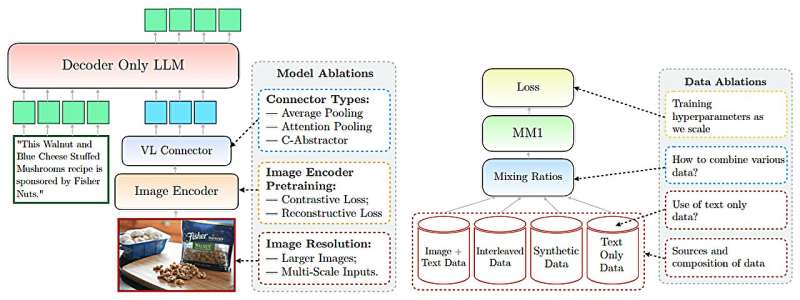
The Future of AI: How Large Language Models are Revolutionizing Industries
The world of artificial intelligence (AI) is rapidly evolving, and large language models (LLMs) are at the forefront of this revolution. From generating human-like text to interpreting images and data, LLMs are transforming industries and changing the way we live and work.
Ren Ito, co-founder and COO of Sakana AI, is a prime example of how a legal degree can lead to a fulfilling career in the tech space. Ito’s journey from law school to the tech industry is a testament to the versatility of a law degree and the importance of pursuing emerging trends.
“At every point, I intended to begin practicing law, but I might be a bit too old to start as a first-year associate now,” Ito quips. “But in many ways, I use my law school degree in all my ventures. My legal education trained me in consistency, reciprocity, and proportionality, all of which I draw on constantly.”
Ito’s experience in the foreign service and his interest in international arbitration and maritime issues led him to pursue an LLM degree at NYU Law. His interest in American domestic law and civil procedure led him to take a job at the embassy in DC after graduation.
“What I liked most was the almost-journalistic nature of the foreign service; to be a good diplomat, you had to excel both at making new friends and connections, and at collecting and analyzing information.”
Ito’s transition from the foreign service to the tech space was facilitated by his high school buddy, who started Mercari and asked Ito to join. Ito was with Mercari from the start to the IPO and eventually ended up being involved with four different unicorns, two of which were in the artificial intelligence space.
“For me, one of the consistencies with being in the foreign service, a law student, or in the tech space is a love of troubleshooting. Troubleshooting is the essence of what you do in law school, and that is definitely true in my line of business.”
The potential benefits of generative AI are vast, and Ito believes that industries will be the first to reap the benefits of this technology. As we are seeing rapid adoption and rising use cases across several sectors, generative AI is set to change the very nature of work.
“Industries will be—and if anything, already are—the first to reap the benefits of generative AI; as we are seeing rapid adoption and rising use cases across several sectors, generative AI is set to change the very nature of work.”
Apple’s MM1, a multimodal LLM capable of interpreting both images and text data, is a prime example of the advancements being made in this field. The MM1 family of multimodal models integrates text and image data to improve capabilities in image captioning, visual question answering, and query learning.
“The researchers claim that their multimodal LLM can count objects, identify objects that are part of an image, and use common sense about everyday objects to offer users useful information about what the image presents.”
Fitbit is also getting in on the action, partnering with Google Research to use artificial intelligence to make the analysis process easier. The Personal Health LLM will give Fitbit users personalized coaching and actionable insights that help them achieve their fitness and health goals.
“The model will give Fitbit users personalized coaching and actionable insights that help them achieve their fitness and health goals. For example, the LLM could analyze variations in your sleep patterns and suggest recommendations on changes to your workout intensity to improve your sleep quality.”
As we move forward in this era of rapid technological advancement, it is essential to stay agile and adapt to the changing landscape. The future of AI is bright, and it is up to us to harness its power to create a better world for all.
 Apple’s MM1 multimodal LLM
Apple’s MM1 multimodal LLM
 Fitbit Charge 6
Fitbit Charge 6
 Ren Ito Portrait
Ren Ito Portrait















